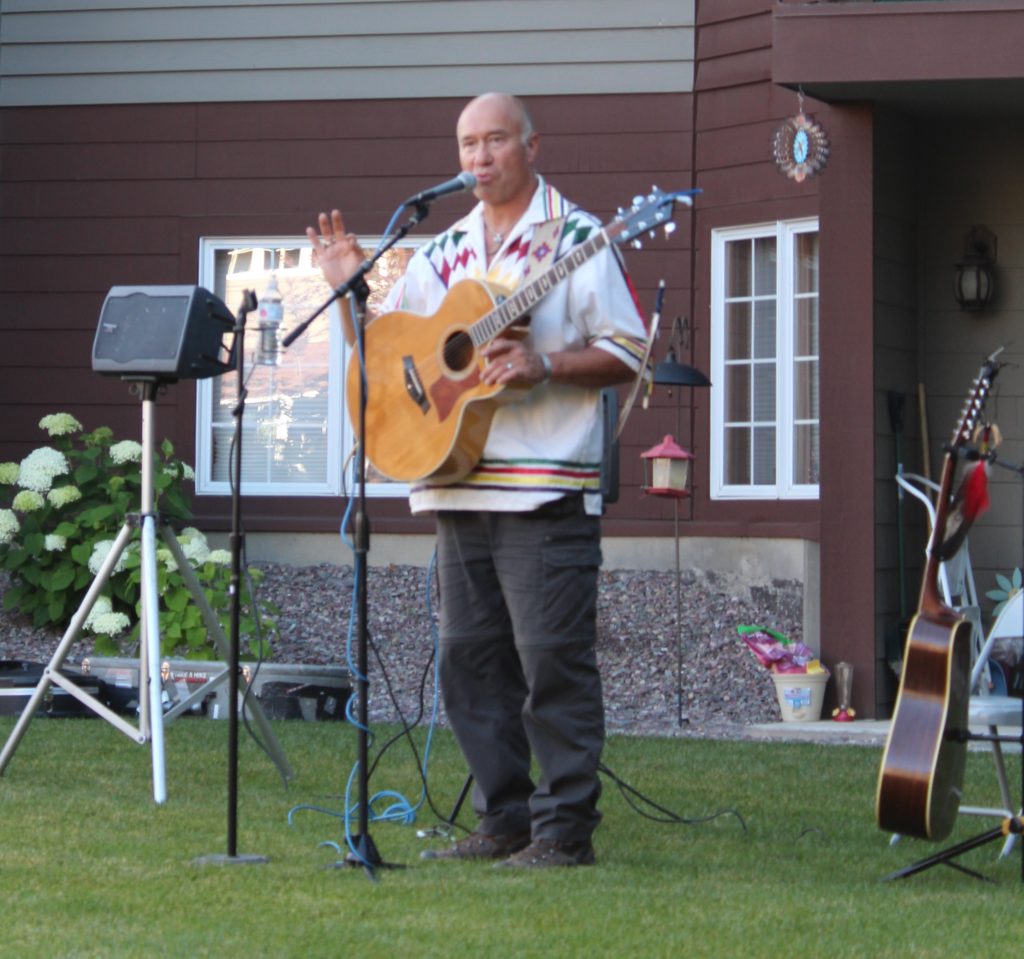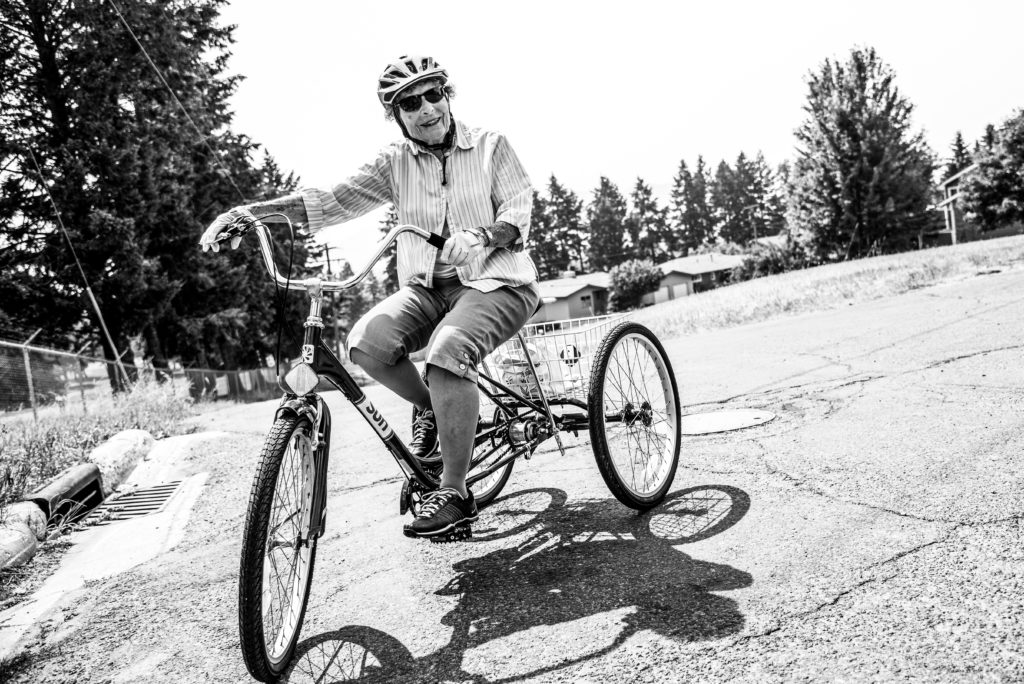
Every year, Immanuel Lutheran Communities hosts an outdoor concert series for residents, families, and the wider Flathead Valley community. Everyone is invited to these evening events, and snacks are served. At the end of the summer, in September, we celebrate with a grand finale featuring a full meal as well as entertainment.
This year, though, something is different. This year, the concert series is sponsored in part by generous gifts from businesses around the valley. It’s been a great opportunity to connect or reconnect with these community partners, all of whom want to help our area’s seniors in need. These gifts will help ensure that Immanuel Lutheran Communities can continue to provide safe homes in vibrant communities for Montana seniors at all income levels. They’ll supplement the gap between Medicaid payments and the costs of caring for residents in the Skilled Care Center, help us offer memory support day services to families who aren’t able to pay the full fee, and address other needs on campus as they arise. We are very grateful to these sponsors!
While our sponsors are a great addition to the concert series, little else about this summer tradition has changed. The concerts are still a great time for an intergenerational community to come together to relax enjoy our beautiful Flathead Valley summer. For the first concert Wednesday evening, the weather was almost perfect. It was a little windy, but it wasn’t too hot and the clouds kept the sun from baking the crowd. Chef Nelson’s nacho bar was a hit, as were the churros his team supplied for dessert.
This week’s concert featured Jack Gladstone, who also kicked off last year’s concert series. Jack’s unique combination of original music, storytelling, and popular favorites made for an engaging and upbeat evening. Jack’s music is deeply rooted in Montana and in his Blackfeet heritage. He tells his own story, and he connects it to the historical world and the wider community. His performances are well-received in no small part because they’re so connected to a place his audience loves.
This week, that audience included many family members as well as residents. It’s very common for children and grandchildren to join residents at these events. They’re nice partly because people of all ages can enjoy them together. The Immanuel Foundation is delighted to be an integral part of the community that comes together at these concerts. Thank you so much to our sponsors and to everyone who attended!



